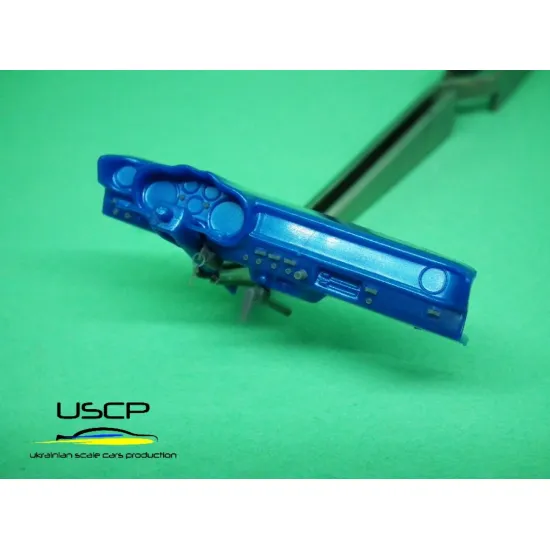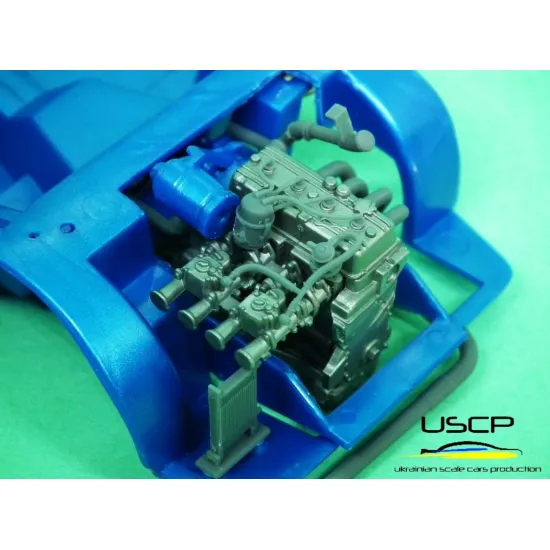Advanced Techniques for Plastic Model Kit Builders
Advanced Techniques for Plastic Model Kit Builders
Blog Article
The History of Model Kits: From Hobby to Art
Plastic model kits have undergone a significant change since their inception, growing from basic and general styles to highly comprehensive and elaborate representations of real-world subjects. That development shows advances in products, manufacturing techniques, and the rising sophistication of modelers' expectations. In this information, we examine the evolution of model kits, from their simple beginnings to the complex packages available today.

Early Beginnings: Easy Patterns and Standard Products
The real history of plastic model kits appointments back once again to the early 20th century, with the very first commercially accessible kits emerging in the 1930s. Originally, these types were simple and aimed generally at children. Early sets, created from basic plastic resources, were designed to be broke together, offering a straightforward release to modeling for small hobbyists. These models usually highlighted small aspect and were usually shaped in 1 or 2 colors, with few choices for customization.
Development in Acceptance: The 1950s and 1960s
As plastic turned more commonly accessible, the 1950s and 1960s found an important shift in the difficulty and selection of model kits.During this period, suppliers started introducing more descriptive kits, targeting adult lovers as well as children. Airplane, vehicles, and vessels were common topics, and sets started to include numerous areas for added realism. But, types however counted on fundamental construction techniques, with few options for painting and finishing.
Advancements in Engineering: The 1970s and 1980s
The 1970s and 1980s noted a turning position in the world of plastic modeling. Advances in mold-making engineering allowed for more in depth areas and smaller features. That time also saw the introduction of aftermarket accessories, such as for example photo-etched elements, to enhance the realism of models. Modelers started testing with various painting methods, weathering results, and explaining, ultimately causing more individualized and lifelike creations. This age also saw the rise of very specialized systems, such as for example military tanks and dioramas, which appealed to enthusiasts with specific interests.

The Contemporary Time: Very Comprehensive and Complex Kits
Today, plastic model kits have reached new quantities of sophistication. Makers today generate designs which are amazingly step by step, with countless specific pieces developed to reproduce real-world things with amazing accuracy. Electronic modeling and 3D printing have revolutionized the style process, enabling higher precision and intricate describing that was when unimaginable. Modern sets function advanced parts such as for instance movable parts, very detailed rooms, and reasonable floor textures. More over, many sets come with detailed instruction manuals and stickers, enabling modelers to produce very exact replicas.
From simple snap-together systems to highly step by step efforts, the evolution of plastic model kits shows the growing knowledge and imagination of modelers, as well as the continuing creativity in manufacturing and design. Whether you're a beginner or a skilled amateur, there's never been a much better time and energy to investigate the entire world of plastic modeling. Report this page